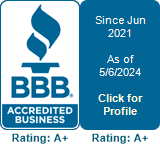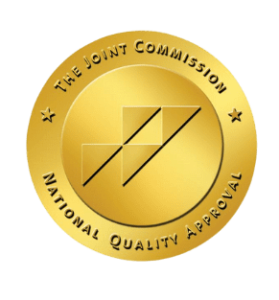Staging and planning an intervention should not be taken lightly. A successful intervention can save a life, but to have the intended effect, interventions require careful planning and execution. Here’s how you can get started.
What Is the Purpose of an Intervention?
As we like to say, an intervention is when desperation meets preparation. The need for an intervention generally becomes most apparent when someone struggling with a substance addiction remains blind to the negative effects that the addiction has on their lives and the lives of others for a prolonged period. In other words, interventions become necessary when addiction leads to the point of desperation.
The ultimate purpose of an intervention, then, is to help someone reach an understanding of all the harm their addiction is doing to themselves and those around them. With that newfound awareness, they can then gain the motivation to change their lives and work toward sobriety. However, that doesn’t happen overnight, and that’s where intervention preparation comes into play.
What to Say to an Addict
Since the goal of an intervention is to trigger a mindset shift in the individual struggling with an addiction, it’s best to remain focused on objective facts instead of emotions. Target the addiction and the substance, not the individual. After all, they will not stop using until they’re ready to stop using. If they feel personally attacked, they will most likely shut down. Instead, make them aware of all the harm their addiction is doing to themselves and others.
What Are Intervention Strategies?
Our Certified Intervention Professionals specialize in employing a range of intervention strategies intended to help addicts understand the viewpoints of those around them. Some common techniques include:
- Applying Pressure Points
- Establishing Parameters and Outcomes
- Coordinating Participants
Steps to Planning and Mediating an Intervention
In order to successfully plan and execute an intervention, follow these ten steps.
Step 1: Reach Out for Help
Interventions run exclusively by friends and family members often don’t have the intended effect because they can turn into emotionally charged venting. The best first step is to reach out to a Certified Intervention Professional, social worker, or doctor who can serve as an objective mediator and guide during the intervention.
Step 2: Build a Team
Not just anyone should be allowed to take part in an intervention. Build a team that only includes close family members, friends, or coworkers who can productively add to the conversation. Individuals struggling with their own substance abuse issues should also be left out.
Step 3: Develop a Plan
After identifying who should be included in the conversation, set a specific date, time, and location for the intervention.
Step 4: Gather Information
Learn as much as you can about the addiction and the recovery process. If the intervention is successful and the individual agrees to treatment, have all the options outlined and researched, so you can seamlessly transition the conversation to talking about the next steps.
Step 5: Write It Out
In the middle of an intervention, people can forget what they wanted to say or say things they don’t mean. Writing out a personal impact statement can help keep the conversation focused, and it provides the intervention team an opportunity to reflect and share their experiences with others.
Step 6: Offer Help
Everyone on the intervention team should communicate how they plan to help the individual if they accept help.
Step 7: Establish Boundaries
If the person refuses help, it’s vital to establish predetermined boundaries about how relationships with friends and family must change. Everyone involved needs to commit to ending any enabling behaviors following an intervention and communicate consequences if the person refuses to change.
Step 8: Practice
To make sure everyone is prepared for the intervention ahead of time, it’s worth rehearsing what everyone plans to say at least once before it happens. Practicing will help with both the flow and focus of the intervention.
Step 9: Manage Expectations
The ideal outcome of an intervention is the individual acknowledging the impact their addiction has and accepting help. However, that doesn’t always happen. Ensure everyone on the intervention team is prepared for that possibility and have a backup plan just in case.
Step 10: Follow Through
Whether or not the individual accepts help, it’s critical to follow through. If they accept help, make sure they attend treatment and abide by the boundaries communicated during the intervention. If they don’t accept help, be certain everyone follows through on the consequences they established.
At-Home Alcohol and Substance Addiction Treatment
ALYST Health offers the first and only at-home addiction treatment program accredited by the Joint Commission. We’ve developed a flexible approach that allows us to integrate the intervention process into our at-home addiction treatment program as a holistic recovery solution. Our Certified Intervention Professionals also offer planned and guided interventions as a standalone service. Whichever option you’re considering, send us a message or give us a call today to start planning an intervention.






